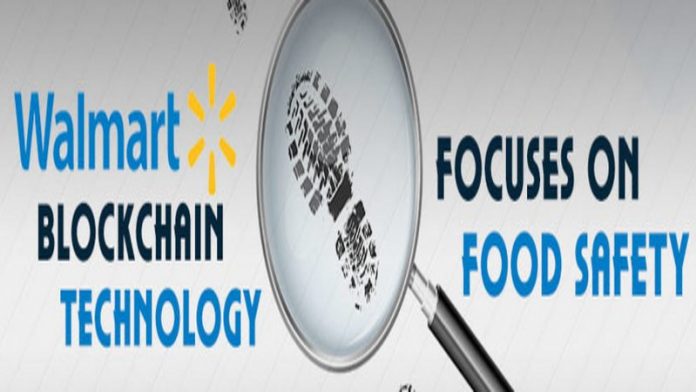For the better part of 2018, Walmart has been working closely with IBM on a food safety blockchain solution and on 25th September 2018, the company declared its policies on all its suppliers of leafy green vegetables and requested them to upload their information on the newly developed blockchain by September next year.
The Complexity of the Previous Manual Processes
Many supply chains follow manual procedures that are complex and time-consuming in terms of tracking down problems, for instance, the E. Coli Romaine Lettuce issue that rose in last spring. Embracing the blockchain technology will make the process more traceable, crystal clear and entirely digital.
Each node on the blockchain system could stand for the carrier that has ferried the food from the farm to the store, making it more convenient and faster to establish if one of the affected farms supplied infected produce to a certain Walmart store.
The Journey of Developing the Food Supply Chain Blockchain
The company teamed up with IBM to provide a solution to its food supply chain process, which has been marred with several food safety problems. The partnership gave birth to the IBM, Food Trust Solution, a blockchain technology precisely meant for this use case.
“We built the IBM Food Trust Solution using IBM Blockchain Platform, which is a tool or capability that IBM has built to help companies build, govern and run blockchain networks. It’s built suing Hyperledger Fabric (the open source digital technology) and it runs on IBM Cloud,” Bridget van Kralingen, IBM’s senior VP for Global Industries, Platforms and Blockchain explained.
From 7 Days of Food Tracking to 2.2 Seconds!
Before implementing the use of blockchain technology in the food supply chain, it took Walmart averagely a whole week to track the source of food in its stores. With the application of the blockchain technology, this period has been condensed to 2.2 seconds. That significantly minimizes the probability that infected food will be consumed by consumers.




